10 Interesting Discoveries of the Brain in Recent Times
Despite the relentless efforts of
scientists to unravel the mysteries of the brain, it remains the most
enigmatic and intriguing organ of the human body. However, in recent
years, there have been several groundbreaking advancements in
neuroscience that have provided new insights into the intricate workings
of the brain and its role in shaping our behavior and experiences. Each
of these discoveries has advanced our understanding of the brain and
brought us closer to unraveling its complex workings.
1. New part of the brain discovered
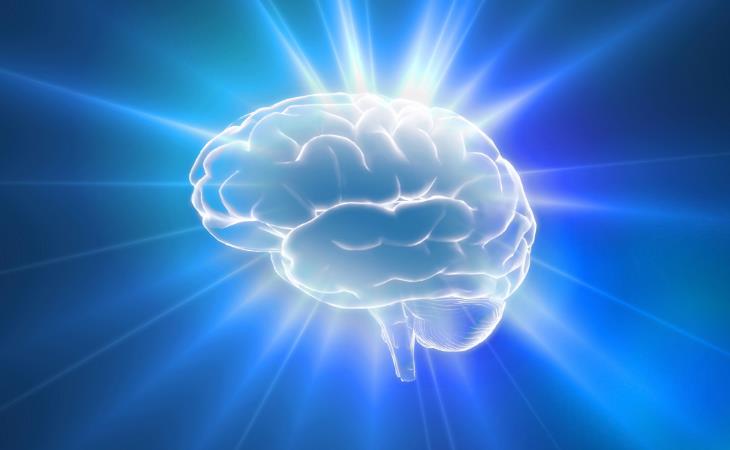

In 2023, scientists made a surprising
discovery: a protective barrier in the brain that helps in waste
clearance and serves as a sentinel for immune cell activity. Apparently,
the thin shield regulates the flow of proteins and molecules between
different compartments containing cerebrospinal fluid, a colorless
liquid that flows around the brain and through tubes.
2. The Alice in Wonderland Syndrome
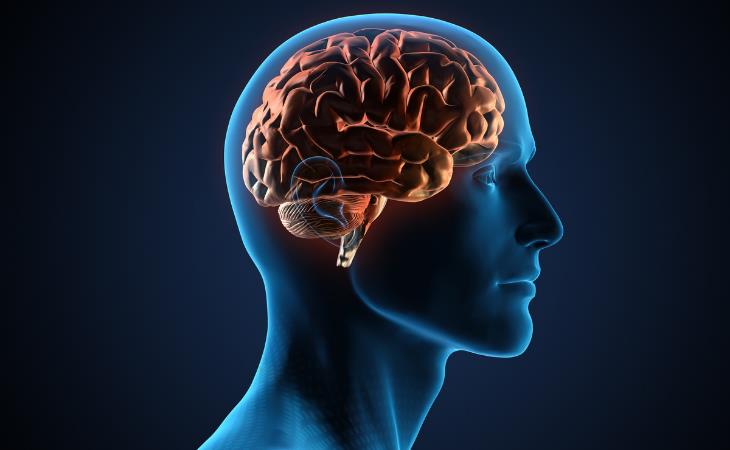
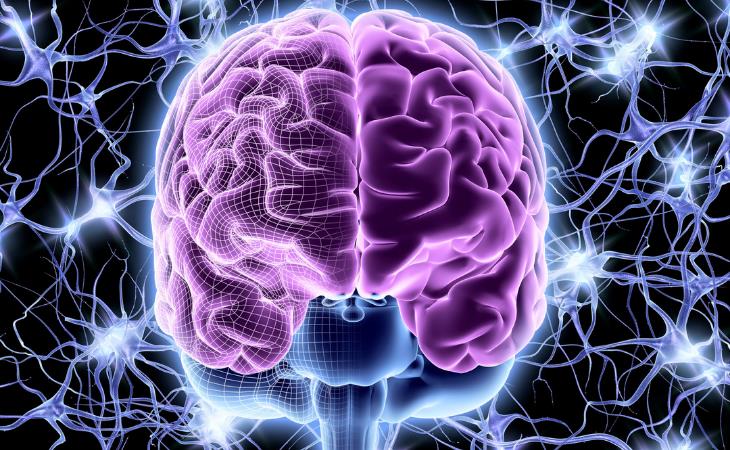
Named after the iconic Lewis Carroll novel,
this rare and perplexing condition causes people to misjudge the size
of things. Those suffering from this condition may consider themselves
to be shrinking or increasing, or they may view nearby things to be the
wrong size. Although there are only about 170 reported cases, scientists
are still baffled about the cause. However, experts hope to make
progress in understanding the condition with a study commencing in 2024.
This new study focuses on lesion network mapping and comparing brain
scans of people with Alice in Wonderland syndrome (AIWS) to those of
healthy people and people with other neuropsychiatric disorders.
Interestingly, researchers noticed that more than 85% of AIWS-affected
brains had lesions in two specific brain regions: the visual processing
area and the region responsible for size perception.
3. Brain injuries repaired with minibrains

Scientists successfully treated brain
damage in rats by using cerebral organoids, which are small 3D replicas
of the brain. Cultivated from human stem cells, these organoids were
transplanted into the visual cortices of the rats, the brain region
responsible for processing initial visual information. Although
researchers want to use this technology on humans in the future, such an
application is still a long way off, potentially requiring many years
of additional development and testing.
4. Your brain wires itself to match your native language

A recent study examining people fluent in
German and Arabic suggests that one's native language may impact the
connectivity between information-processing regions in the brain. The
observed disparities in brain architecture among participants were
attributed to linguistic differences between the two languages. However,
further research is needed to determine how cultural components of
communication may influence brain organization changes.
5. Marmosets swap brain cells with their twins
Researchers at Harvard University
discovered an unusual aspect of marmoset twin development: the exchange
of brain cells. This unexpected discovery sheds light on chimerism, in
which one organism has genetic material from two different sources.
During gestation, twin mammals, including marmosets, share a circulatory
system assisted by the mother's placenta. This allows for the exchange
of developing stem cells between twins.
Although chimerism is relatively uncommon in the animal kingdom,
marmosets are an exception because of their reproductive biology.
Despite generally giving birth to non-identical twins or triplets, these
little primates can demonstrate chimerism, with up to 80% of their
blood cells derived from their twin.
6. Psychedelics may treat depression by invading brain cells
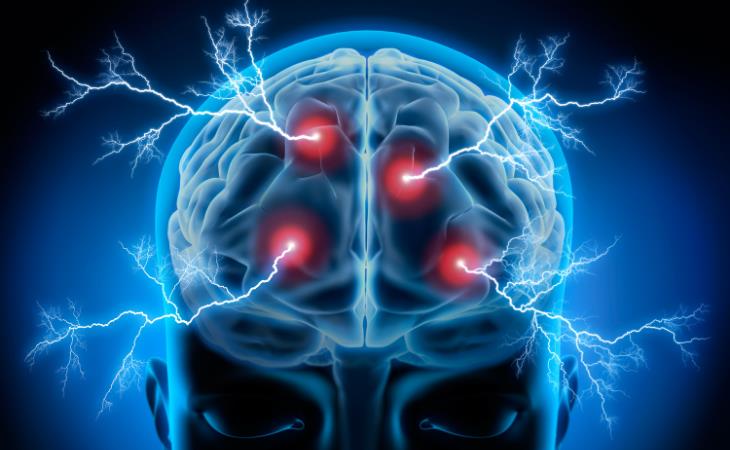

There's growing interest in psychedelics as
potential treatments for chronic depression, and researchers are
looking at a new mechanism: their capacity to penetrate brain cells.
Substances like LSD, DMT, and psilocybin interact with serotonin
receptors, both externally and internally within cells. This unique
feature suggests that psychedelics might activate pathways inaccessible
to conventional antidepressants, which mainly affect serotonin levels
outside cells. This differential targeting may explain the therapeutic
benefits of psychedelic substances, since they reduce the formation of
new neural connections.
7. Doctors perform first surgery on baby's brain in the womb
In a groundbreaking surgical feat, doctors
corrected a malformed blood vessel in a fetus' brain before birth,
ushering in a new era of prenatal care. This rare occurrence, affecting
approximately 1 in 60,000 births, usually demands postpartum therapy,
sometimes after the window for averting problems has closed. However, in
a remarkable turn of events, doctors achieved success in March last
year by intervening during pregnancy, offering a glimmer of hope for
early intervention and improved outcomes.
Medical experts from Boston Children's Hospital and Brigham and Women's
Hospital used ultrasound guidance to correct a vein of what’s known as a
Galen malformation, a condition that causes extremely high blood flow
and increases the risk of neurologic and cardiac issues. Such
complications include heart failure, severe brain injury, and even death
shortly after birth.
This groundbreaking surgery was conducted on a 34-week-old fetus. The
baby girl, who had previously been identified as being at high risk for
serious malformation-related complications during pregnancy, didn't
require heart failure medication or additional surgical treatments after
birth.
8. Human brains show larger-than-life activity at the moment of death
Recent findings suggest a surge in brain
activity during the final minutes of life, which may reflect conscious
experiences. This surge can sometimes happen after a person has stopped
breathing but before the brain has ceased functioning, the research
published in the journal PNAS notes. The patterns of brain activity
during this period are similar to those observed during wakefulness or
dreaming. This has led to speculation that there may be a connection
between these patterns and otherworldly experiences reported by those
who have had near-death experiences. These experiences may include
feelings of detachment from the body, encounters with tunnels and bright
lights, or the re-experiencing of significant memories. However, since
all the participants in the study eventually passed away, it is
impossible to determine whether they actually had such experiences.
Some experts believe this behavior is related to the concept of "moving
toward the light" or seeing a "life flashing before one's eyes," which
is often shown in films. Others regard it as just "aberrant
electrophysiological activity." However, this is still a hypothesis.
9. Scientists keep a pig’s brain alive
outside its body
Scientists at the University of Texas Southwestern Medical Center have
created a device that can keep a pig’s brain alive outside of its body.
The technology uses a custom pump to maintain a continuous blood flow to
the pig's brain. An advanced algorithm monitors vital metrics like
blood pressure, flow rate, and pulse rhythm. Furthermore, the machine
can adjust blood supply, mimicking the dynamic dynamics of circulation
within the body.
Until now, researchers have kept an isolated pig’s brain alive for five
hours with minimal alterations. Their goal is to gain a fresh
understanding of the mechanisms of the brain through these experiments.
“This novel method enables research that focuses on the brain
independent of the body, allowing us to answer physiological questions
in a way that has never been done," says Dr. Juan Pascual, one of the
lead researchers.
10. Most-complete human brain map ever
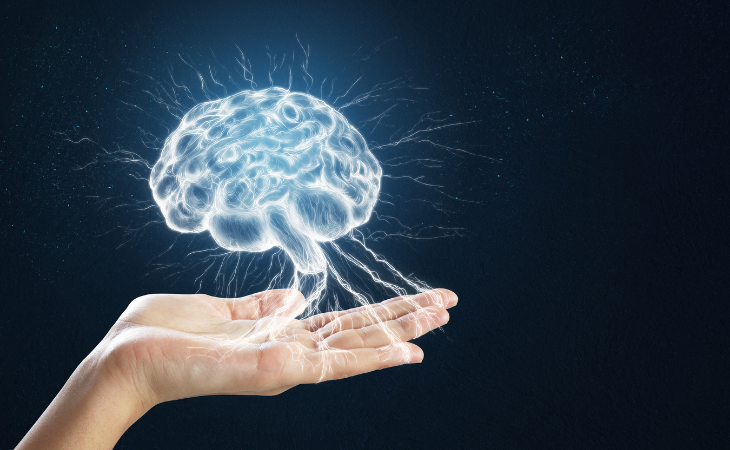

Recently, researchers introduced the most
complete map of the human brain to date, illustrating the layout of
3,300 distinct types of brain cells, many of which were previously
undiscovered by science. This atlas comprises neurons, responsible for
transmitting chemical and electrical signals, as well as non-neuronal
cells.
"It's not just an atlas," said Ed Lein, a neuroscientist at the Allen
Institute for Brain Science and one of the researchers involved in this
study. "It's really opening up a whole new field, where you can now look
with extremely high cellular resolution in brains of species where this
typically hasn't been possible in the past."
The study was conducted as part of a National Institutes of Health
initiative called the Brain Research through Advancing Innovative
Neurotechnologies (BRAIN) Initiative Cell Census Network. The project
was launched in 2017 with the aim of categorizing the cells found in the
brains of mice, humans, and primates other than humans.
This is only for your information, kindly take the advice of your doctor for medicines, exercises and so on.
https://gscrochetdesigns.blogspot.com. one can see my crochet creations
https://gseasyrecipes.blogspot.com. feel free to view for easy, simple and healthy recipes
https://kneereplacement-stickclub.blogspot.com. for info on knee replacement
https://cancersupportindia.blogspot.com for infor on cancer and health related topics
https://GSiyers home remedies.blogspot.com is the latest addition to my blogs. I'm going to add posts there, do give me your valuable feed back on my blogs. Thanks a lot, take care, be healthy and be happy.
https://gscrochetdesigns.blogspot.com. one can see my crochet creations
https://gseasyrecipes.blogspot.com. feel free to view for easy, simple and healthy recipes
https://kneereplacement-stickclub.blogspot.com. for info on knee replacement
https://cancersupportindia.blogspot.com for infor on cancer and health related topics
https://GSiyers home remedies.blogspot.com is the latest addition to my blogs. I'm going to add posts there, do give me your valuable feed back on my blogs. Thanks a lot, take care, be healthy and be happy.
Labels: doctors perform 1st surgery on baby's brain in the womb. psychedelics-treat depression by invading brain cells, marmosets swap brain cells with their twins, new part of brain discovered

0 Comments:
Post a Comment
<< Home